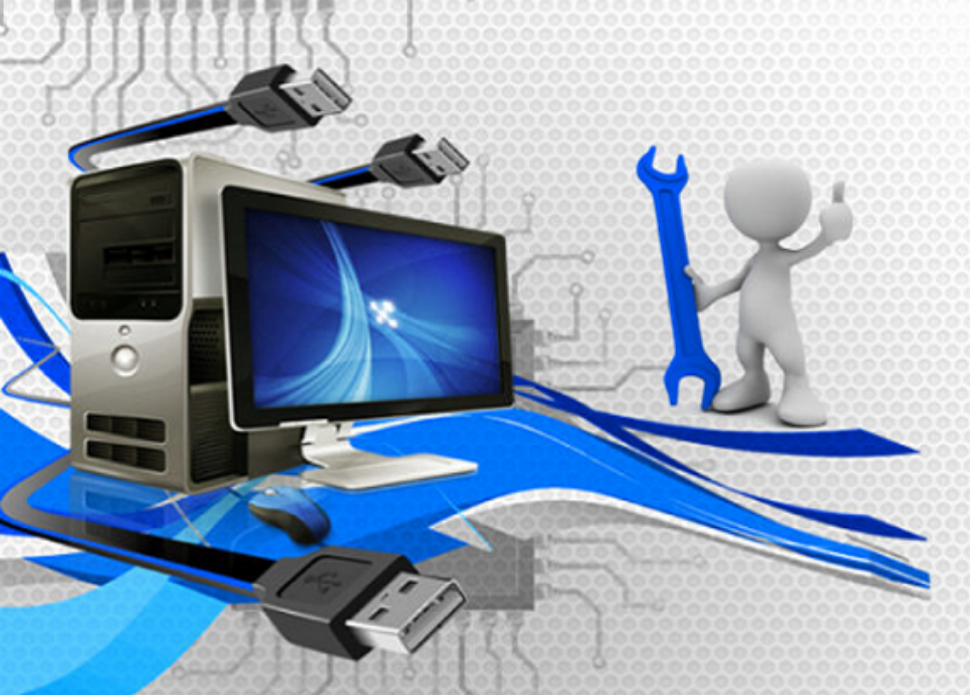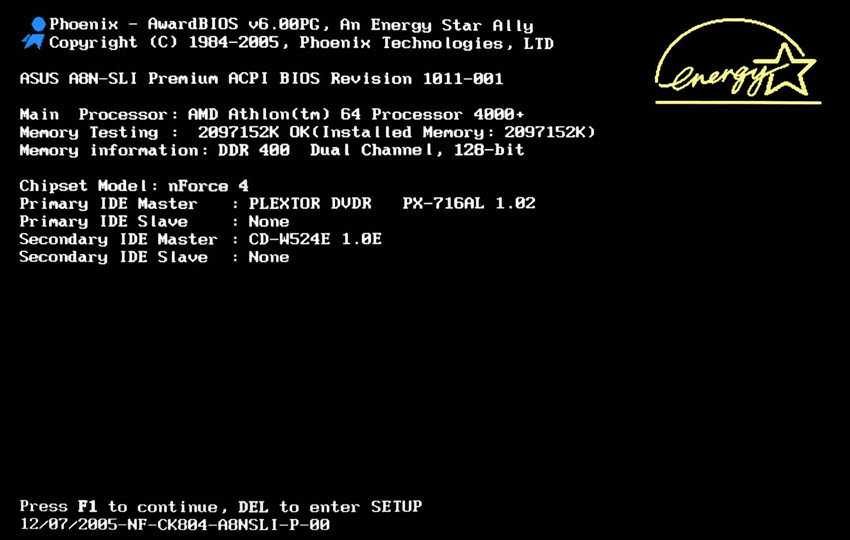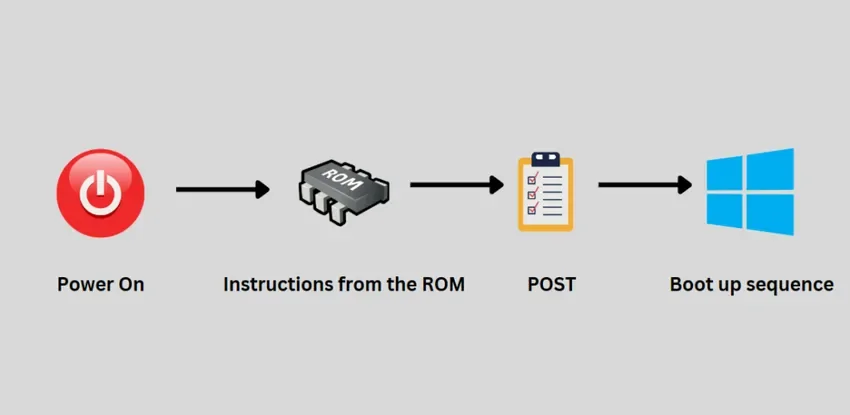See what Power on Self Test (POST) is in a computer's BIOS, why it's important, and what its self-diagnostic signals are.

The computer does a lot of work before it loads the operating system. One such function is the Power on Self Test (POST) which checks the components connected to it and ensures that they are ready for use by the system.
Although this task happens in the background, it is an extremely important one procedure to identify problems with individual computer components and present them to users with various error messages.
Here's an explanation of what POST is and why it's important.
What does POST mean?

POST stands for Power On Self Test and in Greek we would call it "Activating Self-Diagnostic Control". As the name suggests, it is a system diagnostic process performed by the BIOS immediately after the computer is turned on.
The main function of this test is to see if the components connected to your computer are working properly.
How is POST performed?

When your computer first turns on, the first thing it actually starts up is the system BIOS. Or UEFI for more modern computers. Just out of habit we call everything BIOS.
BIOS stands for Basic Input/Output System. This is a piece of software that resides on a chip on the motherboard.
When the computer is turned on, the BIOS performs POST to check if the hardware components are working properly. It targets motherboard chips like RAM, graphics card, CPU, etc. It also controls the mouse and keyboard. If everything is OK, the boot process will start normally.
Since the BIOS lives on its own chip, it does not rely on the operating system to function. Indeed, the BIOS starts before the operating system is even loaded, and is irrelevant to whether it is Windows or Linux.
The POST test starts only if the computer is restarted, that is, if the computer is turned on after a shutdown. The system will skip POST if the computer restarts or was previously suspended.
Why is POST important?

When you turn on your computer, it wants to make sure everything is working properly before the operating system loads. That's why the BIOS stops the boot process when there is an error.
This process is important because having faulty chips or a faulty power supply can negatively affect the process of loading firmware and programs and lead to more problems.
After POST is complete, the bootloader is instructed to find the Master Boot Record (MBR). It is located in the first sector of your computer's hard drive (for example, drive C).
The MBR then reads the boot-strap which locates the operating system boot file. Boot-strapping provides a set of instructions for the system to load the operating system by checking hard drives and other boot devices.
Finally, system control is granted to Windows, Linux, or any other operating system you use.
Errors and beeps

After completing the POST test the system notifies the user with a code either for normal operation or for errors using sounds “beep”, or with a text message or flashing LEDs or with a hexadecimal code.
If POST passes without any problems, you will hear a short beep and your operating system will boot. However, if the POST is not successful, your system will notify you in the form of a combination of beeps.
Sounds
On early computers, if POST detected component malfunctions, a series of beeps, known as beep codes, would be heard. The computer essentially communicates with the user with these beep codes before or during the video controller test. This happens when video is not available and text errors cannot be displayed on screen.
Unfortunately, beep codes can vary from company to company, as there is no standard for them. There is, however, a set of common beep codes found in most systems. Here is a list of beep codes with their meanings that you can hear on computers.
| Cause | Beep sound |
| Normal POST, no error | 1 short beep |
| Adapter error screen | 1 long beep then 2 short beeps |
| Graphics adapter error | 1 long beep then 3 short beeps |
| Keyboard card error | 3 long beeps |
| POST error | 2 short beeps |
| Power supply, system board or RAM problem, keyboard problem | Continuous beep |
| Power supply, system board problem, disconnected CPU or disconnected speaker | No beeps |
| Power or system board or keyboard problem | Repeated short beeps |
| System board problem | 1 long beep then 1 short beep |
These beep codes along with their indications may vary by motherboards. If you are experiencing such error codes, it is recommended that you consult your computer's user manual to know the details of the issue.
Message
After the video card is successful and the monitor is running normally, POST errors could appear as text on your screen.
These text errors provide an immediate report on the issue without the use of numeric codes or beeps. For example, if POST detects a problem with the keyboard, it will display a message like “Keyboard Failure” on the screen after the test is complete.
Hexadecimal messages

Sometimes text errors, light codes or beep codes can also be misleading. These error messages will not be generated if the POST process is interrupted and your computer enters a boot loop.
So the hex codes provide a good read of the issue at hand. However, to receive the hexadecimal POST codes, you need an interface card known as a POST card, like the photo above.
Such POST cards fit into your computer's expansion slot. When the BIOS performs POST, the card displays two hex characters indicating the error.
Diagnostic Hex codes and their meaning may vary from company to company. However, here are some of the common hex codes along with what they usually indicate.
| Cause | Hex code |
| VGA not found | 2F |
| The timer / keyboard interrupt is not at the correct level | 5D |
| Her verification battery failed | 7C |
| Memory check / initialization failed | 52 |
Codes with LEDs
On laptops, when POST fails, users can be alerted by a flashing light on the power button or the front battery LEDs. These are known as LED codes and generally flash with some specific color combinations.
For example, on dell laptops, the “Failure” message is indicated by an orange/orange pattern followed by white flashes. Each of these patterns conveys different issues related to RAM, CPU, BIOS, and more.
Led codes on laptops vary by manufacturer and even by model. To know the exact led codes for your laptop along with their implications, you need to refer to your device's user manual.
The little things are always the most important
The POST process happens within the first two seconds at boot, but it is one of the most important functions.
Notifies you if there are hardware problems that you should be aware of before starting the computer. The POST process has probably saved you from computer errors and you might not have even noticed.



